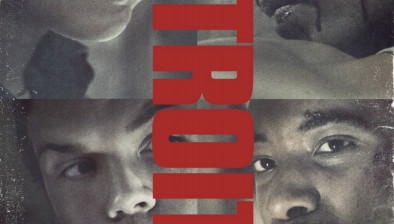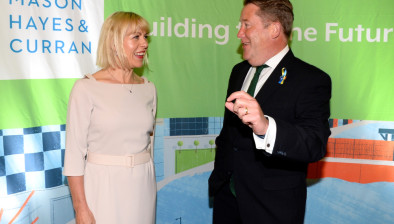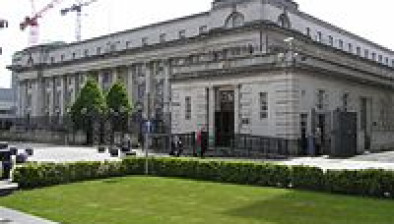Review: History in a different colour
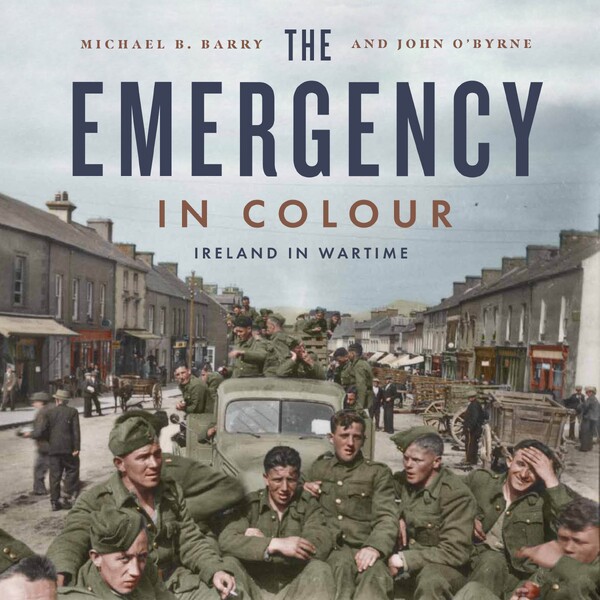
Historian Susie Deedigan examines a new collection of colourised photos of Ireland in the 1940s.
The Emergency in Colour presents 200 compelling images taken during the Second World War, or Emergency as it was known in neutral Éire. Each image has been carefully colourised by John O’Byrne and is paired with an illuminating caption written by Micheal B. Barry.
The resulting book demonstrates that, despite the debate among historians over the merits of colourising photographs, the process remains enormously popular. This book follows on from where Barry and Byrne’s previous works, The Irish Civil War in Colour and A Nation is Born, left off and takes the reader up to 1949 when Ireland was declared a republic.
In Barry’s introduction the uninitiated reader will find a useful overview of neutral Éire’s position during the Second World War. Whilst Barry stops short of a thorough engagement with the historiography of Irish neutrality, he does offer a nod to key debates.
He notes the “quiet cooperation” provided to Allied forces by the Irish intelligence service G2 and comments on the controversy surrounding De Valera’s decision to offer condolences on the death of Hitler.
In other areas, further probing would have been beneficial. For example, it is disappointing that captions attached to portraits of Seán Russell and Francis Stuart fail to comment on the men’s contested legacies.
A short list of suggested further reading may have been a welcome addition to the book for readers whose interest is piqued by Barry’s comments.
A delightful feature of the book for this reviewer is that nestled amongst the many informative images of military aircraft, weaponry and drills there are also snapshots of ordinary life. Insights into Irish society in the 1940s add, pardon the pun, necessary colour to the book and broaden its appeal.
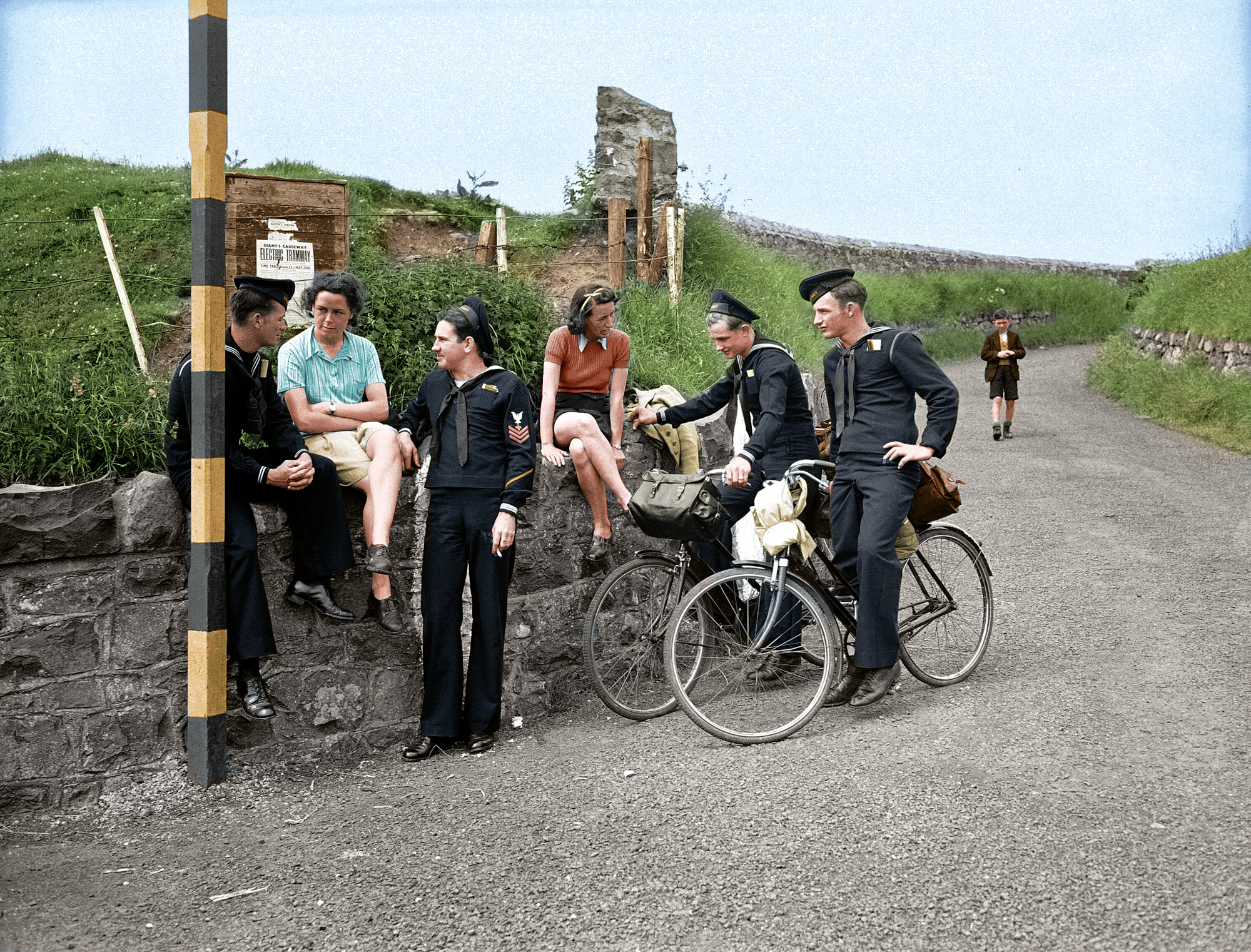
Pictured: US sailors from the US Navy base at Derry chat with two girl hikers at a location near Dunluce Castle, Co Derry, in July 1942.
The image of a seanchaí speaking to a gathering in the Donegal Gaeltacht and a “pattern dance” in full swing in Co Cork demonstrate traditional culture. In contrast, a 1948 publicity image for Meath’s new Butlin’s holiday camp highlights social change.
Images of children outside a Dublin tenement and the aftermath of bomb damage in Belfast and Dublin’s North Strand shed light on some of the hardships endured across the island.
Other significant images, such as of black American GIs stationed in Northern Ireland and of children newly arrived in Cork following the annexation of Estonia, usefully situate the collection of photographs within a broader global context.
Overall, The Emergency in Colour offers an accessible and enjoyable snapshot of life across this island during the momentous decade of the 1940s.
The Emergency in Colour by Michael B. Barry and John O’Byrne. Published by Gill Books, 2024, 272 pp.








